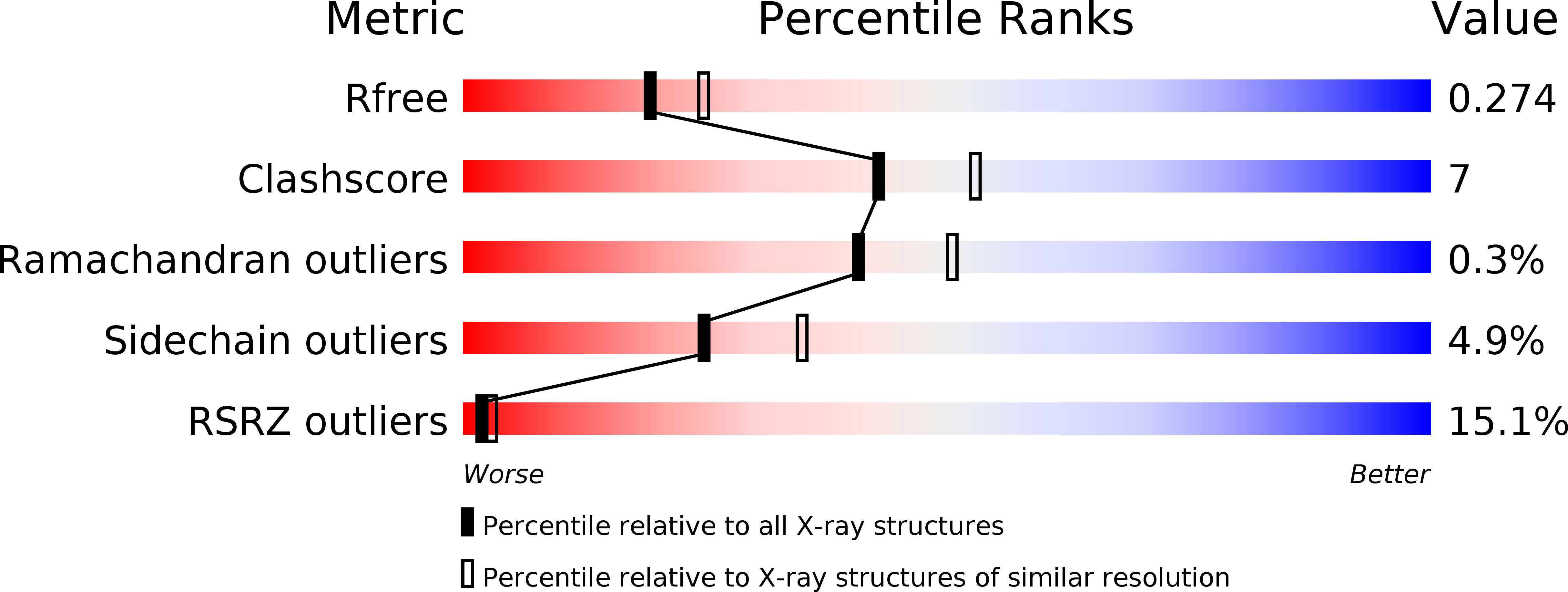
Deposition Date
2007-08-07
Release Date
2007-10-02
Last Version Date
2023-12-13
Entry Detail
PDB ID:
2V8D
Keywords:
Title:
Crystal structure of mutant E159A of beta-alanine synthase from Saccharomyces kluyveri
Biological Source:
Source Organism:
SACCHAROMYCES KLUYVERI (Taxon ID: 4934)
Host Organism:
Method Details:
Experimental Method:
Resolution:
2.30 Å
R-Value Free:
0.27
R-Value Work:
0.23
R-Value Observed:
0.23
Space Group:
P 1 21 1


